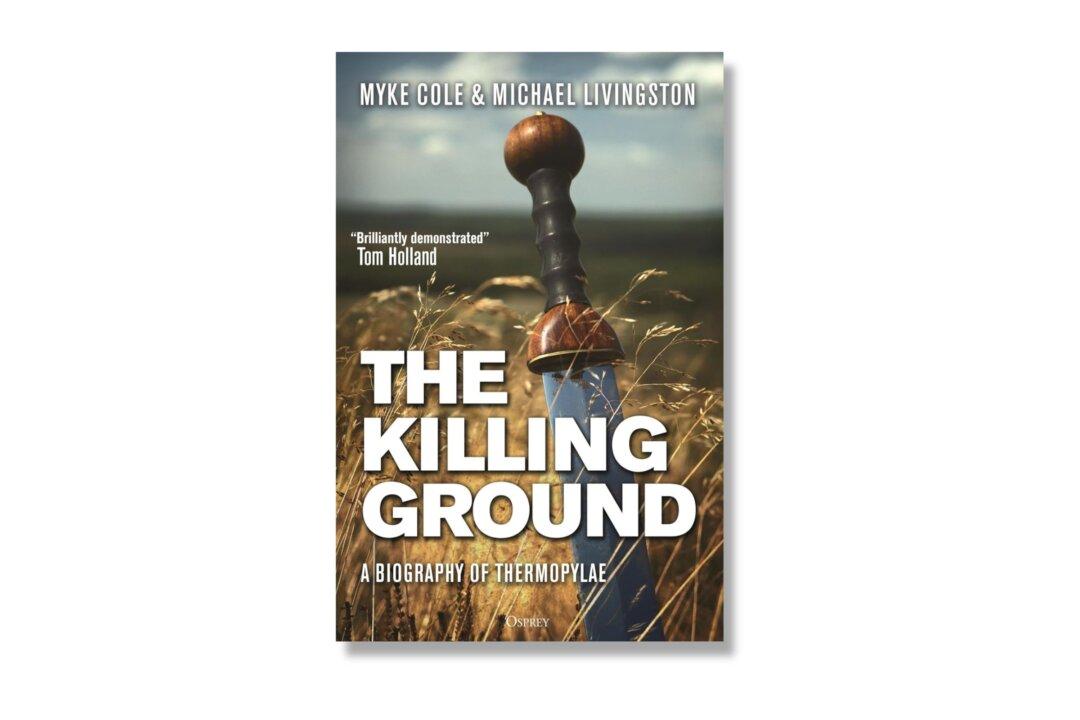Thermopylae is arguably the most famous battle site in history. It is most famous because of a battle that took place 2500 years ago in 480 B.C. between the Greeks and Persians. Authors Myke Cole and Michael Livingston argue that there is much we don’t know or misperceive about the battle and its location. Together, they make their succinct and thorough arguments in their new book, “The Killing Ground: A Biography of Thermopylae.”
The book’s focal point is more about the location of Thermopylae and less about its famous battle. However, the battle plays a crucial role in describing the location, such as its passes, three gates, terrain, and why it was a nearly perfect place to make stands against invading armies. “Stands” is the operative word, as Mr. Cole and Mr. Livingston show that Thermopylae has been the location of numerous battles over the millennia.






